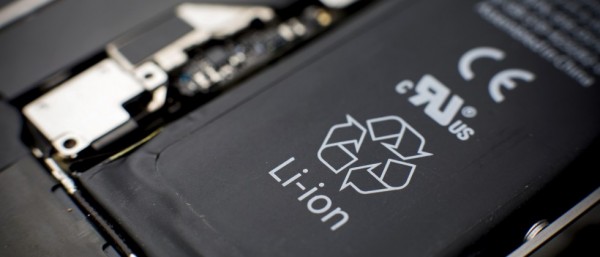Recently, Zhongwei Chen, a professor of chemical engineering from the University of Waterloo in Canada, and his students have jointly created an inexpensive silicon cell technology that uses a silicon anode instead of a common graphite anode to improve the performance and life of lithium batteries. The researchers said that this technology can not only make the battery smaller, lighter and more durable, but also the technology can be applied to all aspects of electric vehicles and everyday tools. Researchers said that new technologies can increase the energy density of lithium-ion batteries by 40% to 60%, which means that they can provide better endurance for smart watches and smart phones.

In addition, this technology is very environmentally friendly, and electric vehicles can achieve a mileage of 310 miles on a single charge, while allowing the car body to be lighter.
Professor Chen said that due to its limited storage capacity, graphite has encountered bottlenecks during its use. By replacing the existing graphite anode with a silicon anode, the capacity of the lithium battery and the lithium battery will be greatly improved.
At present, many research groups and technology companies have increased their investment in improving battery technology. Samsung recently introduced Stripe and Band batteries for future wearable devices.
# According to the naming and definition of (GB8075-87) admixture, the admixture can be divided into 16 names, each of which is defined as follows:
1. Ordinary water reducing agent: an admixture capable of reducing the water consumption of mixing under the same conditions of concrete slump;
2. Early strength agent: an admixture that accelerates the early strength development of concrete;
3. Retarder: an admixture that prolongs the setting time of concrete;
4. Air entraining agent: an admixture capable of introducing a large number of uniformly distributed, stable and closed microbubbles during the process of mixing concrete;
5. Superplasticizer: an admixture that can greatly reduce the water consumption of the mixture under the same conditions of concrete slump;
6. Early strength water reducing agent: a water reducing agent with both early strength and water reducing function;
7. Retarding water reducing agent: a water reducing agent with both retarding and water reducing functions;
8. Air entraining water reducing agent: an admixture with both bleed air and water reducing functions;
Guangxi Nanning Zhuoyu Building Materials Trademark
Guangxi Nanning Zhuoyu Building Materials Trademark
9. Water repellent: an admixture that reduces the water permeability of concrete under hydrostatic pressure;
10. Rust inhibitor: an admixture that inhibits or reduces the corrosion of steel or other embedded metals in concrete;
11. Air entraining agent: an admixture that can form a large amount of pores in concrete due to the chemical reaction to release gas during the preparation of concrete;
12. Expansion agent: an admixture that causes a certain expansion of the concrete volume;
13. Antifreeze: an admixture that can harden concrete at a negative temperature and achieve sufficient antifreeze strength within a specified time;
14. Coloring agent: an additive capable of preparing a concrete having stable color;
15. Accelerator: an admixture that can harden concrete quickly;
16. Pumping agent: an admixture that improves the pumping performance of concrete mixes
Methylene dimethyl dimethyl naphthalene sulfonate polymer
Jinan Huijinchuan Chemical Industry Co., Ltd. , https://www.hjcchemical.com